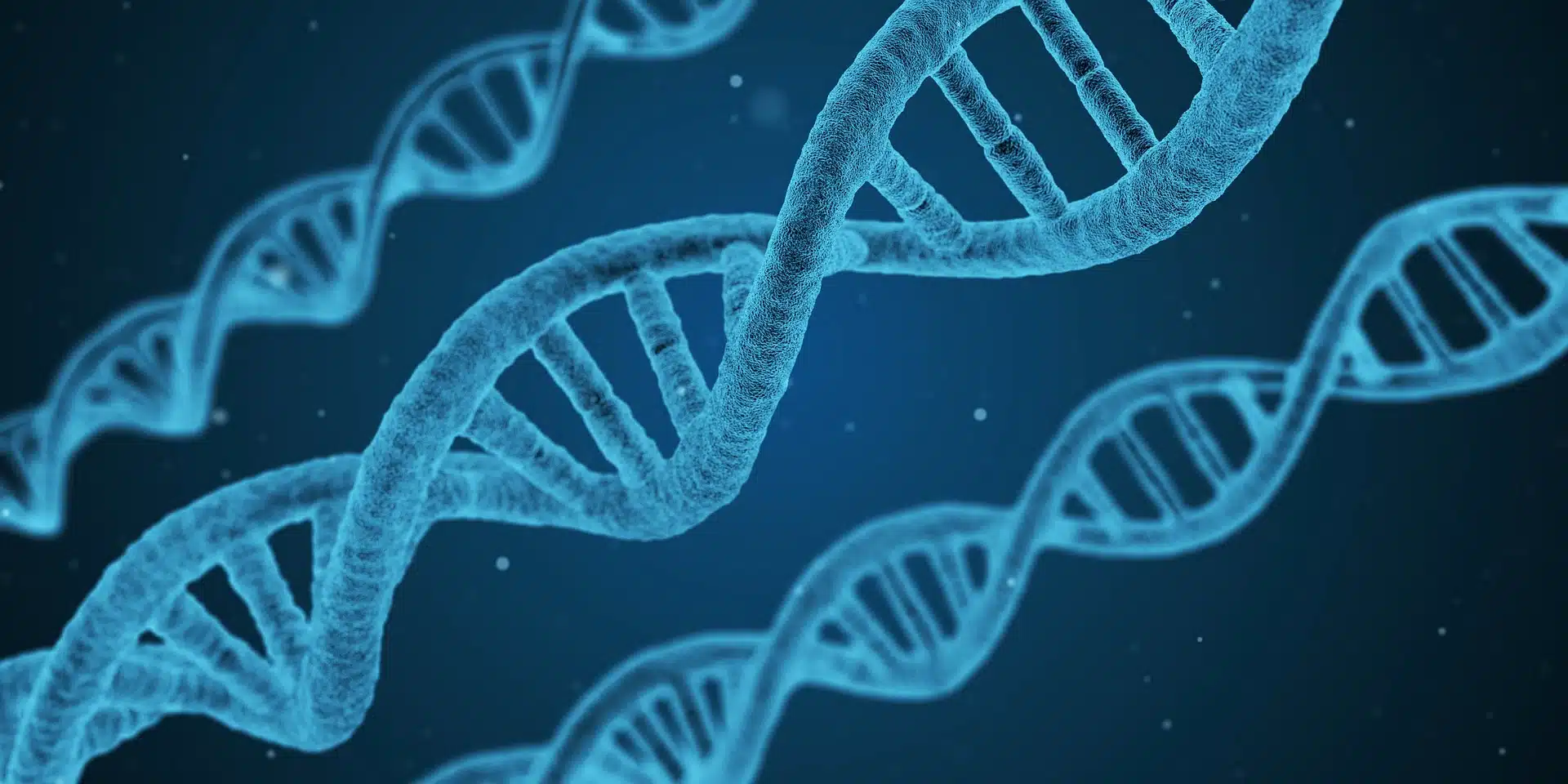SCN2A Channelopathies: Mechanisms and Models
January 7, 2020
Variants in the SCN2A gene, encoding the voltage-gated sodium channel NaV1.2, cause a variety of neuropsychiatric syndromes with different severity ranging from self-limiting epilepsies with early onset to developmental and epileptic encephalopathy with early or late onset and intellectual disability (ID), as well as ID or autism without seizures. Functional analysis of channel defects demonstrated a genotype-phenotype correlation and suggested effective treatment options for one group of affected patients carrying gain-of-function variants. Here, researchers sum up the functional mechanisms underlying different phenotypes of patients with SCN2A channelopathies and present currently available models that can help in understanding SCN2A-related disorders.
Key Points
- SCN2A variants cause a variety of syndromes with different severities
- There is a correlation between the severity of the clinical phenotype and the nature of the SCN2A variants
- Patients carrying gain-of-function SCN2A variants can be treated with sodium channel blockers







